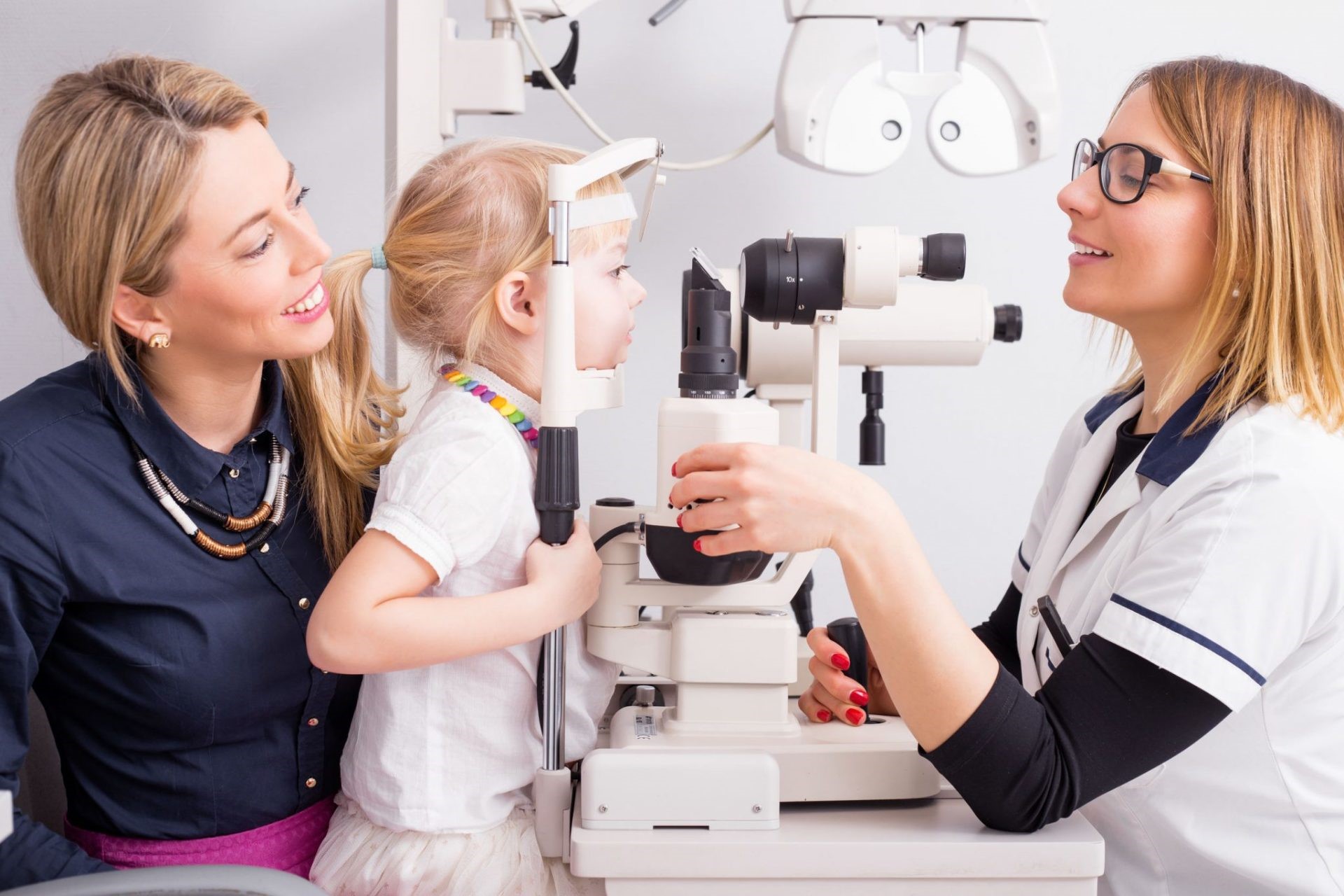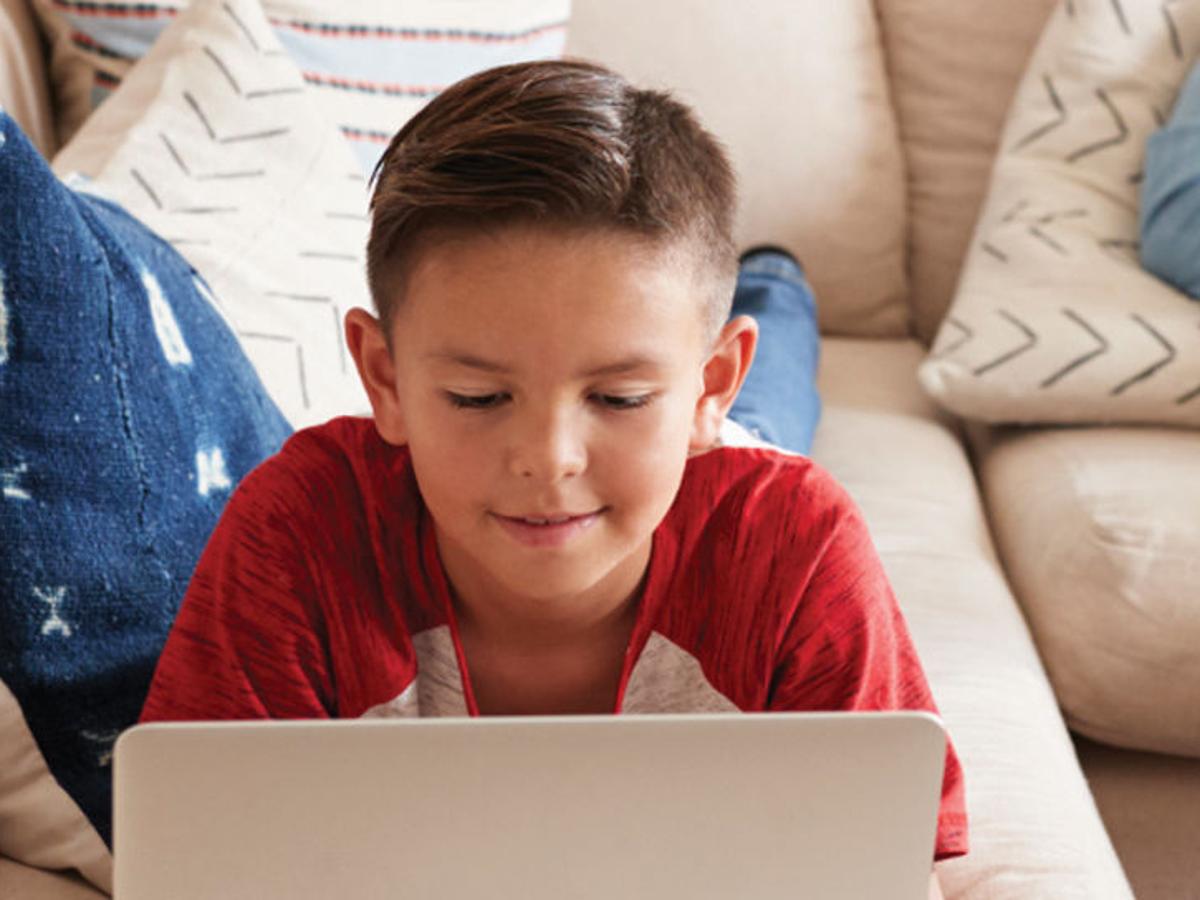COVID-19 is causing a rise of myopia in kids – which is an eye health condition that leads to more severe, sight threatening diseases such as glaucoma, cataracts, and retinal detachments.
With increasing digital screen time and less outdoor activity options greater eye health care issues are being observed.

Women Fitness catches up with Senior Clinical Director Kevin Chan, OD, MS, FAAO from Treehouse Eyes to answer querries raised by parents on children eye health.
Why are children considered most vulnerable to poor eye health and safety?
Kids’ eyes are still developing just like the rest of their bodies. It’s well documented that kids are much more susceptible to increasing myopia (a disease causing the eye to grow too long) because of the inordinate amount of time they spend indoors, often on digital devices.
Myopia causes blurry distance vision, commonly referred to as nearsightedness, which can lead to serious eye diseases like glaucoma, retinal diseases, and cataracts. From a safety standpoint, eye protection during sports is often overlooked in kids and something parents need to consider more often.
Vision skills that every child needs to have to read and learn effectively?
Of course, there’s great vision. Under that umbrella is clarity and comfort. Things that make reading comfortable are the ability for kids to effectively use both eyes together with good coordination and working as a team. Those who have to work harder at having both eyes work as a team often shy away from reading.
Another key skill is the ability to accurately focus up close (called accommodation) and sustain it.
Early signs to identify that the child is suffering from poor eye health?
Most serious eye health conditions are often not manifested and not easy for parents to pick up at an early stage. Of course, anything obvious like red eyes should be evaluated. We also see avoidance of wanting to read.
In addition to avoidance, the symptoms can be,
- eye rubbing
- head tilts
- watery eyes
- complaints of discomfort
- double vision.
In the absence of any types of overt signs, regular checkups by a qualified eye doctor is essential. Early examination and myopia management treatment for those kids is particularly crucial to long term eye health.
How much screen time is Idle?

Experts are divided on an exact answer and it’s routinely reported that kids should take a break every 20 minutes. But, there isn’t any great scientific evidence to back up that recommendation. The key to determine “too much” screen time is likely balance, and parents should do their best to make sure that any screen time kids’ engage in is actually productive.
It’s important to remember that the more time kids stay on the screen indoors, the less time they’re outside getting the myopia protective effects of being outside.
3 Alarm Signals that your child needs to consult an eye specialist?
- Sudden Vision Loss
- Sudden Changes in Vision – onset of flashes or floaters in eyes
- Eye Pain
Practical eye care tips to practice at home to minimize eye strain and optimum vision.
As hard as it is,
- kids should take frequent rest breaks
- look at objects off in the distance.
- Ideally, during these breaks they should go outside since sunlight itself may be protective of myopia.
Finally, there are proven treatments to help slow down or stop the progression of myopia. For example, Treehouse Eyes, which only treats myopic kids, routinely uses non-surgical treatments to help children suffering from myopia.
The best tip is to seek out care by doctors knowledgeable and experienced in myopia management and take their kids for an evaluation. Like most things in medicine, the sooner myopia is treated, the better the treatments work.
A balanced diet, adequate exercise and outdoor time, and weight control are all important to maintain healthy eyes for all kids.
Disclaimer
The Content is not intended to be a substitute for professional medical advice, diagnosis, or treatment. Always seek the advice of your physician or other qualified health provider with any questions you may have regarding a medical condition.